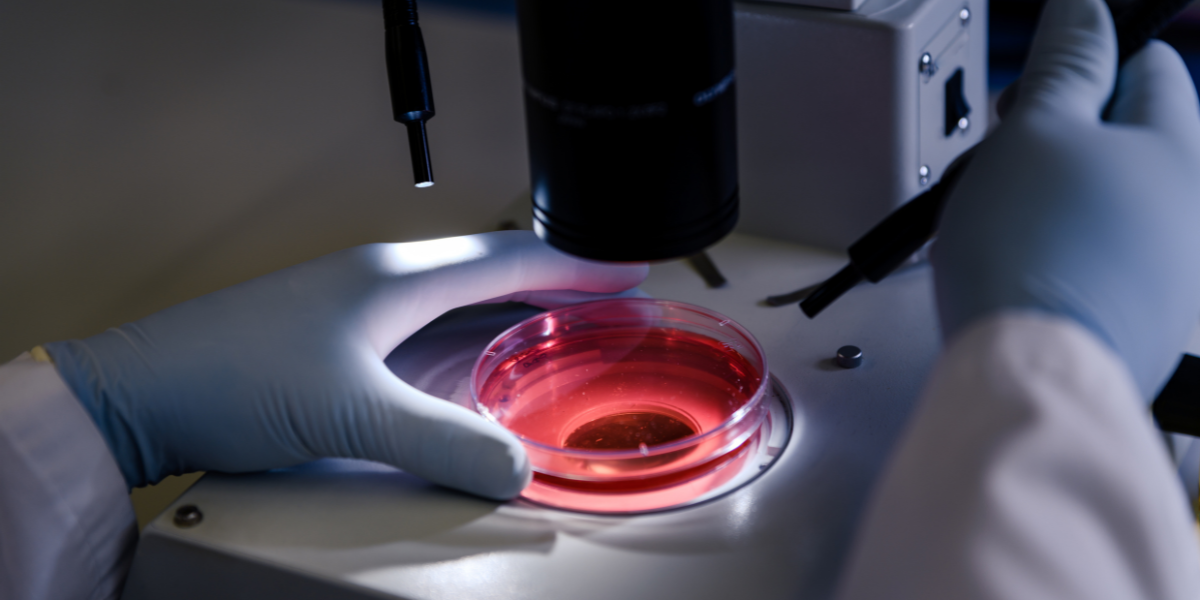Medicine is a famously complicated science with a seemingly unending list of procedures. When it comes to women’s health, a gynecologist can diagnose and sometimes treat endometrial cancer. A doctor who specializing in treating this and other types of cancers of the female reproductive system is called a gynecologic oncologist. Like other cancers, endometrial cancer is most treatable when detected at an early stage; how can this be achieved? Enter endometrial biopsies.
Click Here to See the Important Blood Donation Stats
In an endometrial biopsy, a small piece of tissue from the lining of the uterus—the endometrium—is removed and examined for cancer and other cell irregularities.
A few symptoms may indicate endometrial cancer that if a woman believes she has, she should see her doctor. Some of these symptoms are more common as the cancer grows and spreads. These symptoms include, but are not limited to:
Unusual vaginal bleeding, spotting, or other discharge
About 90% of women with endometrial cancer have abnormal vaginal bleeding. While non-cancer problems can cause abnormal bleeding, it’s essential to have a doctor check out any irregularities immediately—especially if she’s already gone through menopause.
Pelvic pain, a mass, and weight loss
Pain in the pelvis, feeling a mass, and losing weight without trying can also be signs of endometrial cancer. As noted, these symptoms become more common as the disease progresses. But any delay in seeking treatment will allow the cancer to grow, lowering the odds of successful treatment.
Who may need this procedure? Well, typically, women over the age of 35 are at higher risk of endometrial cancer. It cannot be done on pregnant women, though a woman who’s having trouble getting pregnant can have a biopsy done to see if the problem is caused by a problem with the endometrium.

Women over 35 are at higher risk for endometrial cancer, which is most treatable when diagnosed early.
What happens during the procedure? The test is often done in the doctor’s office. You won’t need to be put to sleep, but the doctor may use a local anesthetic or recommend taking an over-the-counter pain reliever 30 minutes before the visit. The procedure itself usually takes 10 to 15 minutes and is not too dissimilar from a Pap smear. First, a very thin, flexible tube is put into the uterus through the cervix. Then, using suction, a small amount of the endometrium is removed through the tube: the suctioning takes about a minute. Unfortunately, the procedure is not pain-free; the patient may experience cramping similar to a menstrual cramp during or after the procedure.
From a reproductive and general health perspective, though, the benefits of an endometrial biopsy is the most common and accurate test to diagnose endometrial cancer. Whether you’re a patient or a physician, you need to have confidence in your results and the lab that produces them. For a reliable lab that can handle your test results, contact the South Bend Medical Foundation.





